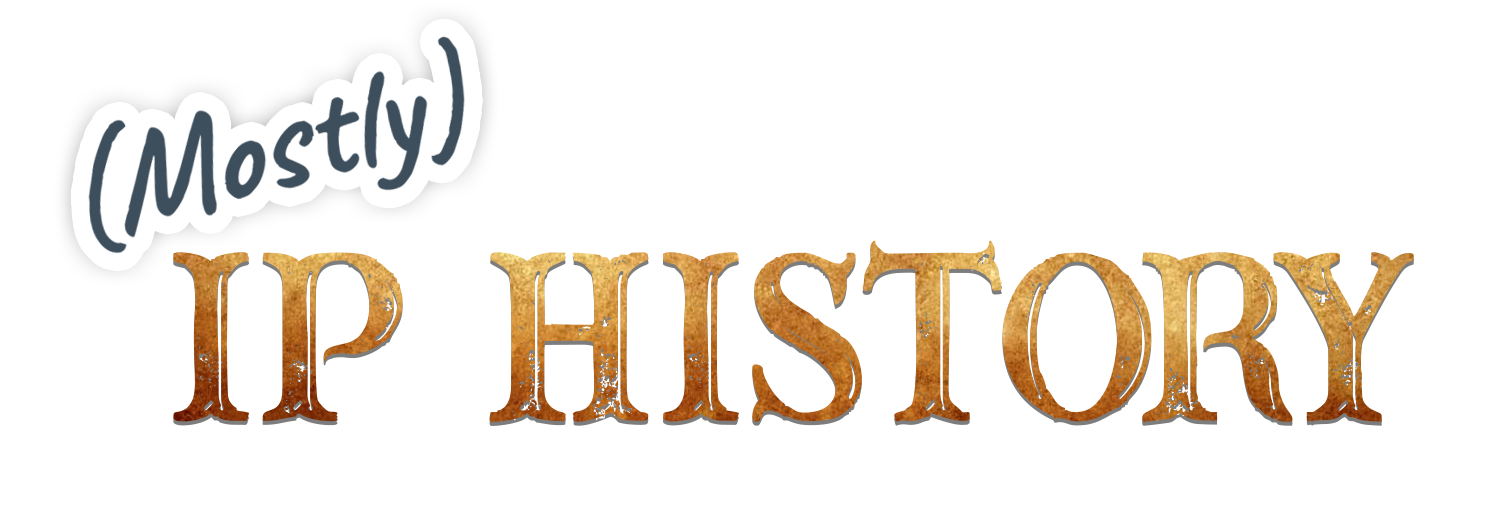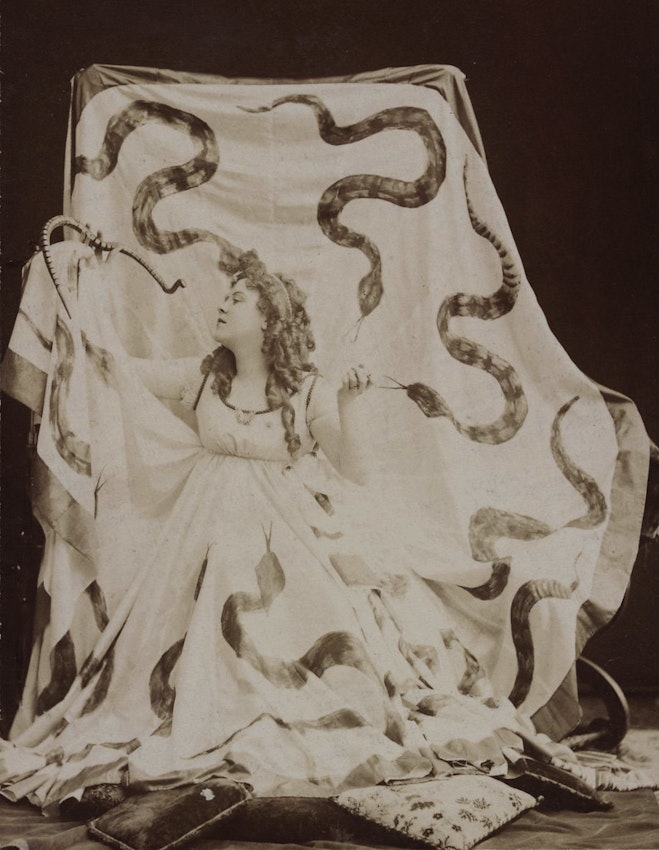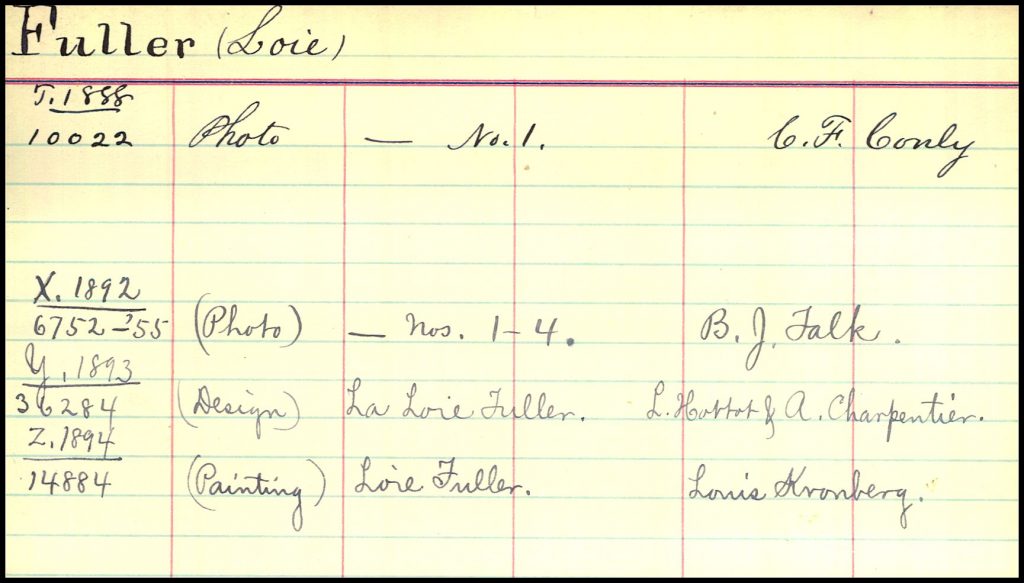Subscribe to Blog via Email
Recent Posts
- Some Initial Thoughts on the DC Circuit’s Rejection of AI Authorship
- Were Works by Slaves Eligible for Copyright? A Case Study of Frederick Douglass
- What Does John Cage Have to Do with AI Authorship?
- Registering Generative AI Works for Copyright Under the Rule of Doubt
- The Musical Life of Edgar Allan Poe’s Bankruptcy Lawyer







